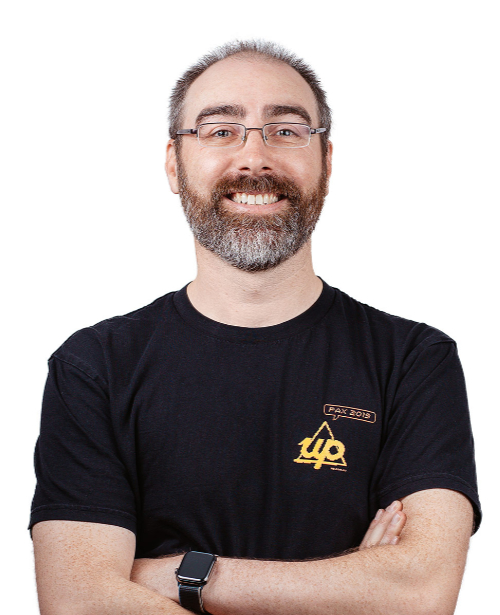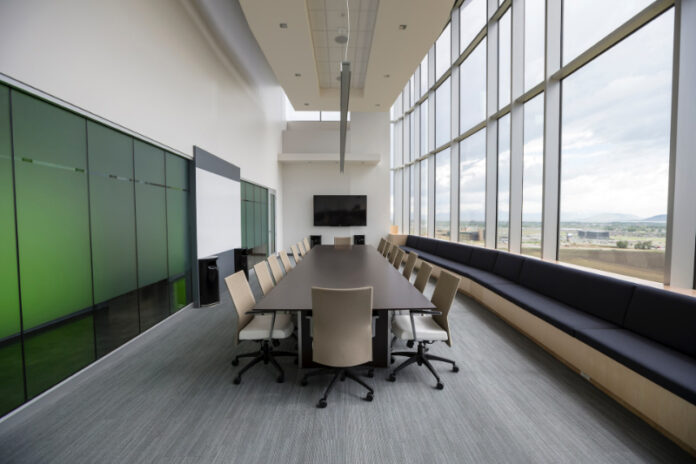Today’s work landscape has been changed by the COVID-19 pandemic. Face-to-face meetings, for instance, have been replaced by videoconferencing. While this ensured business continuity, various studies have found increased cases of employee burnout, as the line between work and home continued to blur.
What tools and strategies can organisations turn to, then, to maximise what employees like best and avoid what they dislike most in pre-pandemic work setups?
During the Slack Frontiers Asia-Pacific media briefing, various organisations in Australia shared how they navigated the sudden shift of business practices amid uncertain times.
Common among their approach is the adoption of a digital HQ, which has redefined the mentality both outside and within their organisation with regards to productivity.

For mobile-only digital bank Up, weekly in-person demos allowed employees and teams to share success stories and foster camaraderie. As the company grew, coupled with the reality of hybrid work, Up needed a new strategy to conduct its weekly demo.
“We use tools like Slack to be able to record successes as we’re going through the week. Instead of a demo, we have something we call shout-outs. We now combine the shout-outs with our demos, so you still get to see what people are working on, and be inspired by the vision and outcome that they’re heading towards. You also get to hear about those small wins during the wake of sometimes small failures,” said Dominic Pym, Co-Founder, Up.
Uncertain future
With how the pandemic rocked the enterprise boat, many businesses are still testing the waters on how to proceed, particularly with their expansion plans. In APAC, 85% are promoting hybrid work arrangements, yet 3 in 10 organisations are not yet equipped for such arrangements.
In a separate study, hybrid work has nearly doubled in APAC, from 41% pre-pandemic, to 80% currently. While over half of business leaders in the region said their companies are thriving in a hybrid work model, 56% have also claimed they have no idea what hybrid work will look like in the long term.

According to Anshu Arora, Director of Marketing & Student Acquisition for RMIT University’s RMIT Online, social connection was one of the casualties of the pandemic, and is something that they quickly needed to remediate for their staff and students.
Among the university’s initiatives was to hold coffee roulettes, so people who wouldn’t normally cross paths on a daily basis can have a chance to catch up, whether physically or virtually.
In addition, the RMIT Online portal — which houses various courses designed by industry experts, such as Slack — is currently being eyed for expansion.
“A lot of our students are working professionals who are also very busy, and they need to be able to access materials outside of their work life, contact mentors, and so on. We’re really starting to extend the use of that digital HQ and the tools that we use beyond just the internal stakeholders, and are looking at how we can integrate other parts of our community into that space as well,” Arora explained.

For digital advertising firm REA Group, which specialises on real estate listings, Slack was one of the connecting threads among its people during the COVID-19 lockdowns.
“During the heart of the COVID-19 pandemic, we used Slack for a quick pulse check, where you pick an image, like ‘Which shape do you feel like today?’ I have different sets of images, then teams would use that to convey the sentiment of what was happening during the first lockdown, particularly for us having a big Melbourne HQ. Anything from a superficial connection, through to really genuine, active work collaboration, Slack has been fundamental for us, particularly as the hybrid world has continued to accelerate,” noted Mary Lemonis, Chief People & Sustainability Officer, REA Group.
Meanwhile for Dominic Price, Work Futurist at software firm Atlassian, a common mistake organisations make during this period of reorganisation is to treat their digital HQ as the mere virtual equivalent of the analog HQ.

“I don’t think analog HQ worked. It created this command and control, which isn’t relevant these days. What digital HQ gives us a chance to do is to look at the things that we want to do organisation-wide, as well as things that are flexible, where we’ve got options, those things that we can truly democratise. When we have that conversation, we truly empower teams,” he said.
Challenging organisations tempted to establish a digital HQ, Price said they must first determine why they want to do so, and how they would go about it before switching to such a setup. Otherwise, he believes these companies will devote “some pretty bad ways of working” into a tool.
Cultural shift
With the world more or less back to normal following the lifting of restrictions about a year ago, some enterprises are still on the fence about what to do with their employees.
For those that have returned to 100% onsite work, some pushback was expected, especially from people who have become accustomed to the perks of working remotely, or on a hybrid arrangement.
The key for business leaders is to shift the mindset away from attendance as the key metric for getting things done, recommended Brian Elliott, Executive Leader of Future Forum and Senior Vice-President, Slack.
“Digital-first doesn’t mean never in person, because there is real value in getting people together on a regular, episodic basis to build relationships, not to do the collaboration work,” he said.
Meanwhile, a lot of the pressure to monitor productivity rests on middle managers, which aren’t usually handed down the modern tools and strategies to gauge such, observed Cal Henderson, Co-Founder and CTO, Slack.
“A big part of the role of leaders in any organisation is to keep their workforce engaged and aligned around what it is they’re doing. During pre-pandemic times, and it’s still true now, one of the best ways to get people engaged in the work that they’re doing is to make them understand that what they’re doing contributes to the mission of the company,” he said.
Henderson remarked that people feel more connected to the commissioners of their company when they have flexibility. “It isn’t about bringing people back into the office. The answer is making people understand why the work they’re doing matters,” he added.
Indeed, digital tools for collaboration and communication are only enablers for success amid a changing enterprise landscape. In the end, businesses must adapt to what the times require, and where people feel they excel the most.
















